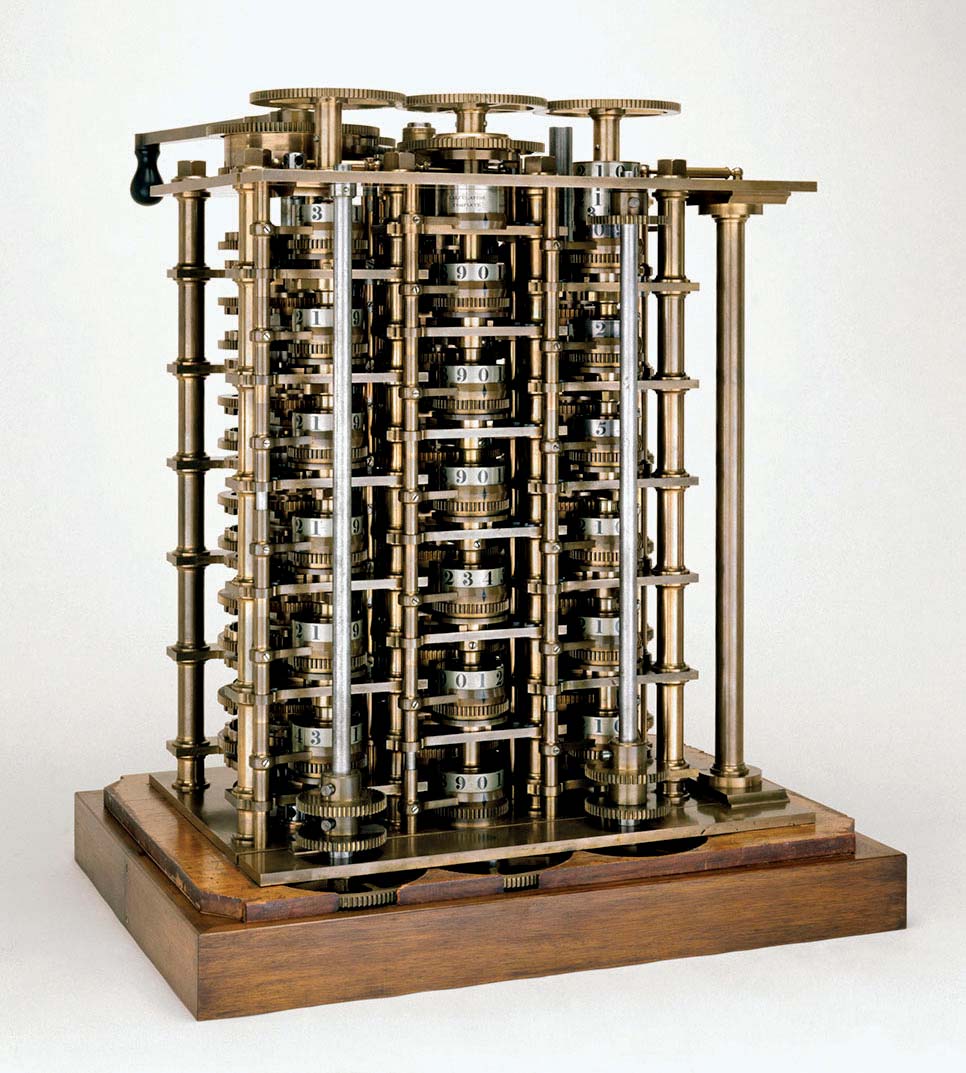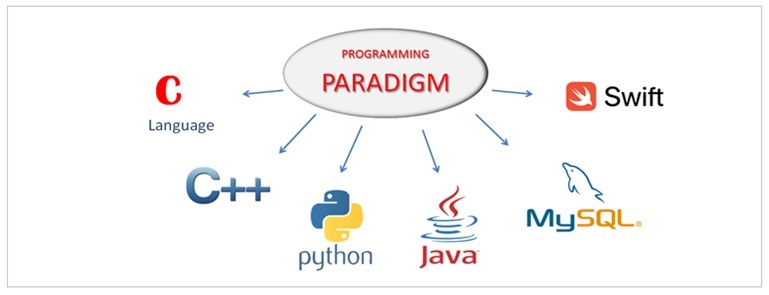Magnetic-core memory, also known as core memory or ferrite core memory, was one of the first types of random access memory (RAM) used in computers. It was developed in the late 1940s and remained in use until the 1970s. Core memory was important because it allowed computers to store data in a way that was both reliable and fast, paving the way for the modern era of computing.
The basic principle behind magnetic-core memory is that information is stored by magnetizing tiny rings of magnetic material called cores. Each core can store one bit of information, which can be either a 0 or a 1. The cores are arranged in a grid, with wires running through each row and column. By applying a current to the appropriate wires, the magnetic field of a core can be changed, either to store or retrieve data.
One of the key advantages of core memory was its reliability. Because the cores were made of solid material, there were no moving parts to wear out or break. Additionally, the magnetic properties of the cores were stable over time, meaning that data could be stored for long periods without degradation.
Another advantage of core memory was its speed. Unlike other early forms of computer memory, such as delay line memory or drum memory, core memory could be accessed randomly, meaning that any location in memory could be accessed with roughly the same speed. This made core memory well-suited for use in computers, where data needed to be accessed quickly and efficiently.
Despite its advantages, core memory did have some drawbacks. One of the biggest was its cost. Because the manufacturing process for core memory was complex and time-consuming, it was more expensive than other types of memory. Additionally, core memory was limited in its capacity. Although early core memory systems could store up to several hundred kilobytes of data, this was far less than later types of memory, such as dynamic random access memory (DRAM) or solid-state drives (SSDs).
Despite these limitations, core memory played an important role in the development of computing. It was used in some of the earliest computers, including the UNIVAC and the IBM 650. It also paved the way for later types of memory, such as magnetic tape and hard disk drives, which used similar principles of magnetic storage.
Today, core memory is largely a relic of the past, replaced by faster, more reliable, and more efficient types of memory. However, it remains an important part of computing history, and its legacy can be seen in the way that computers store and retrieve data today.










